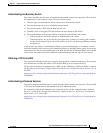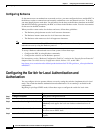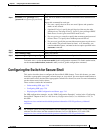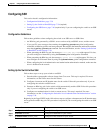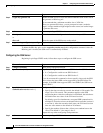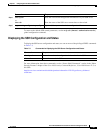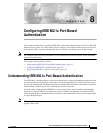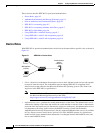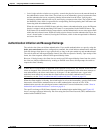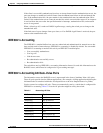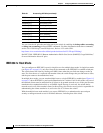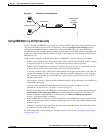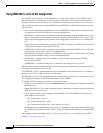
CHAPTER
8-1
Cisco ME 3400 Ethernet Access Switch Software Configuration Guide
78-17058-01
8
Configuring IEEE 802.1x Port-Based
Authentication
This chapter describes how to configure IEEE 802.1x port-based authentication on the Cisco ME 3400
Ethernet Access switch. As LANs extend to hotels, airports, and corporate lobbies and create insecure
environments, 802.1x prevents unauthorized devices (clients) from gaining access to the network.
Note For complete syntax and usage information for the commands used in this chapter, see the command
reference for this release.
This chapter consists of these sections:
• Understanding IEEE 802.1x Port-Based Authentication, page 8-1
• Configuring IEEE 802.1x Authentication, page 8-9
• Displaying IEEE 802.1x Statistics and Status, page 8-19
Understanding IEEE 802.1x Port-Based Authentication
The IEEE 802.1x standard defines a client-server-based access control and authentication protocol that
prevents unauthorized clients from connecting to a LAN through publicly accessible ports unless they
are properly authenticated. The authentication server authenticates each client connected to a switch port
before making available any services offered by the switch or the LAN.
Until the client is authenticated, IEEE 802.1x access control allows only Extensible Authentication
Protocol over LAN (EAPOL), Cisco Discovery Protocol (CDP), and Spanning Tree Protocol (STP)
traffic through the port to which the client is connected. After authentication is successful, normal traffic
can pass through the port.
Note CDP and STP are only supported on network node interfaces (NNIs). User network nodes (UNIs) do not
support CDP or STP.



